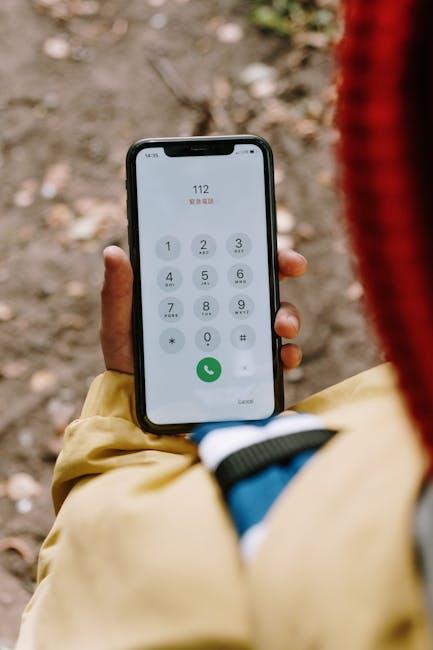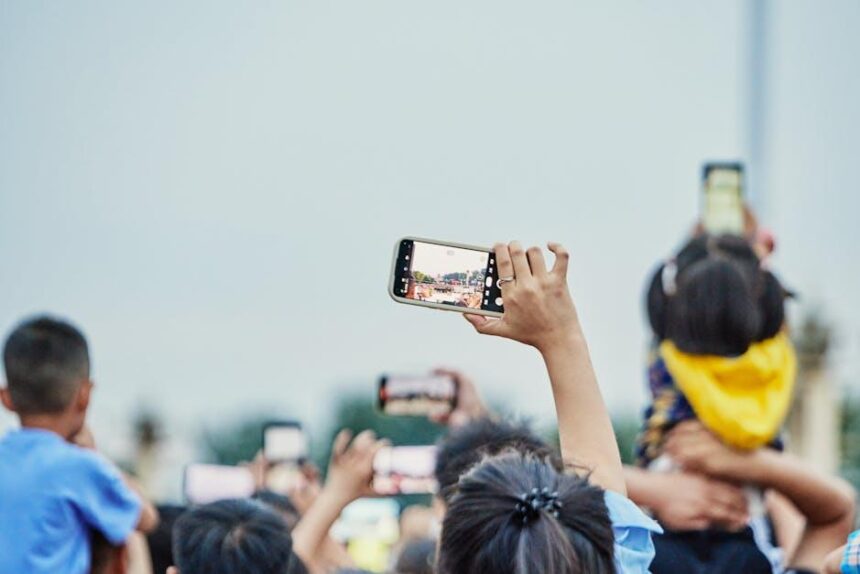When disaster strikes, every second counts. In these critical moments, mobile technology emerges not just as a tool-but as a lifeline. From smartphones that connect victims to rescuers, to drones that survey devastated landscapes from above, mobile innovations are reshaping the way emergency teams respond to crises. As natural and man-made disasters become increasingly complex, mobile tech offers new possibilities for rapid communication, real-time data sharing, and coordinated action-transforming disaster response from a race against time into a more precise and powerful effort to save lives. This article explores the evolving role of mobile technology in disaster response, highlighting its potential to turn chaos into organized resilience.
Harnessing Real-Time Data for Rapid Disaster Assessment
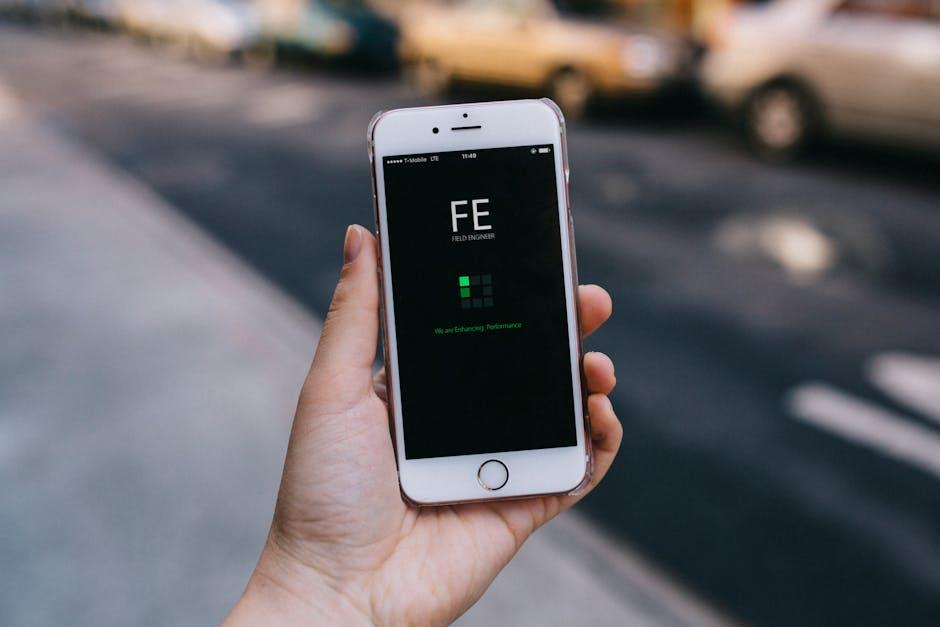
In the face of rapidly unfolding natural disasters, the ability to collect and analyze data in real time can be a game-changer. Mobile technology empowers first responders and aid agencies with immediate access to vital information, from geographic coordinates of affected zones to the severity of damage reported by ground teams and drones. This instant flow of data helps prioritize resources efficiently and design a dynamic response strategy that adapts to the evolving situation on the ground.
Key benefits of leveraging real-time data include:
- Swift damage mapping: High-resolution mobile imagery and user reports create up-to-date maps highlighting critical impact areas.
- Resource optimization: Directs personnel and supplies based on live needs, reducing redundancy and delays.
- Enhanced communication: Keeps all stakeholders connected and informed, from local authorities to international relief teams.
| Data Type | Mobile Source | Use Case |
|---|---|---|
| Geolocation | GPS-enabled Smartphones | Pinpoint affected communities |
| Damage Reports | User Submissions & Drones | Assess severity & prioritize aid |
| Weather Updates | Mobile Weather Apps | Forecast risks for ongoing operations |
Enhancing Communication Networks to Overcome Infrastructure Challenges

In disaster zones where traditional infrastructure is compromised, establishing resilient communication networks is critical for effective emergency management. Mobile technology steps in as a flexible solution, leveraging alternative methods such as ad hoc mesh networks, satellite links, and portable cellular towers to maintain connectivity. These approaches work together to bridge gaps, ensuring that first responders and affected communities remain in sync despite the devastation. Key strategies include:
- Deployable Network Kits: Compact and rapidly assembled kits create temporary communication hubs within minutes.
- Drone Relay Systems: UAVs equipped with signal repeaters extend network coverage over inaccessible areas.
- Peer-to-Peer Apps: Applications that enable device-to-device messaging without internet or cellular service.
Below is a simplified comparison table of communication technologies used to overcome infrastructure breakdowns:
| Technology | Deployment Speed | Connectivity Range | Power Source |
|---|---|---|---|
| Mesh Networks | Fast | Moderate (several kilometers) | Battery/Portable Generators |
| Satellite Links | Moderate | Global | Specialized Equipment |
| Drone Relays | Rapid | Wide (line-of-sight) | Battery-Powered UAV |
By integrating these innovative solutions, disaster response teams can effectively navigate infrastructure challenges, accelerate coordination, and ultimately save lives through enhanced communication capabilities.
Leveraging Mobile Apps for Community Engagement and Resource Coordination
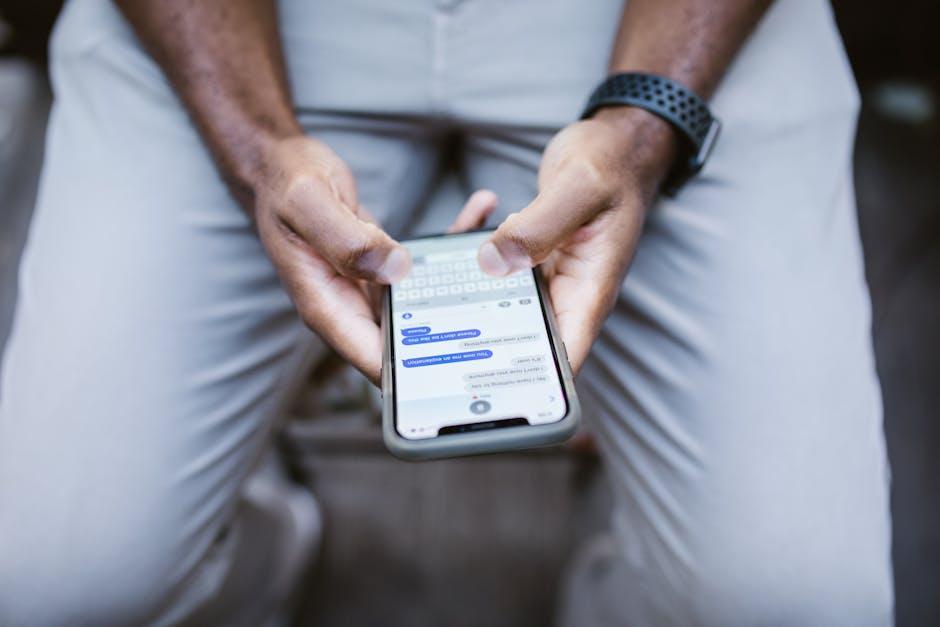
Mobile applications have revolutionized the way communities come together during crises, enabling seamless coordination and fostering a sense of solidarity. These tools empower individuals not only to receive real-time alerts and updates but also to actively participate by reporting hazards, sharing resources, and volunteering assistance. By integrating user-generated data with official broadcasts, apps create a dynamic ecosystem where every member’s input refines the response efforts. This blend of technology and community spirit facilitates faster, more accurate situational awareness, making recovery efforts more efficient and targeted.
Key features that stand out in these applications include:
- Geolocation services to map affected zones and deploy aid precisely.
- Resource directories listing shelters, medical aid, and supply points accessible via a few taps.
- Communication channels tailored for peer-to-peer support and coordination with emergency responders.
- Volunteer matching systems that connect skilled helpers with specific needs in the community.
| Feature | Benefit | User Impact |
|---|---|---|
| Push Notifications | Instant Alerts | Quick Information Flow |
| Interactive Maps | Real-time Location Updates | Better Resource Allocation |
| Community Forums | Peer Networking | Enhanced Support Systems |
Best Practices for Integrating Mobile Technology into Emergency Response Plans
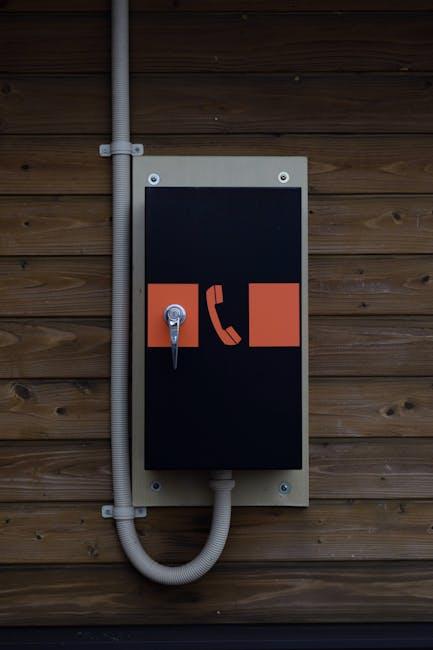
Incorporating mobile technology into emergency response requires a strategic approach to maximize its impact. Start by ensuring all devices and apps used are interoperable across agencies and teams to facilitate seamless communication. Regularly updating software and conducting training exercises with responders will build confidence and proficiency, reducing downtime during actual emergencies. Additionally, prioritize data security and privacy to protect sensitive information, especially when sharing location or health data in real-time.
Consider establishing a clear protocol for the types of mobile tools and platforms best suited for various disaster scenarios. Examples of effective practices include:
- Using geofencing to create live safety zones and track resources
- Deploying push notifications to keep the public informed
- Leveraging cloud-based platforms for real-time data sharing
- Integrating AI-driven analytics to predict evolving disaster impacts
| Technology | Function | Benefit |
|---|---|---|
| Mobile GIS | Mapping affected zones | Improves situational awareness |
| Wearable Sensors | Vital signs monitoring | Enhances responder health safety |
| Emergency Apps | Public alerts & reporting | Boosts community engagement |
In Retrospect
As the sirens fade and the dust settles, mobile technology stands ready-an ever-evolving lifeline in the chaos of disaster response. From alerting communities in the blink of an eye to coordinating vital aid across fractured landscapes, these pocket-sized powerhouses are reshaping how we confront nature’s most daunting challenges. While no app or device can erase the devastation, the fusion of human resilience and mobile innovation offers a beacon of hope-a reminder that even in our most vulnerable moments, connection and communication can spark recovery and renewal. In the unfolding story of disaster response, mobile tech is not just a tool; it’s a companion on the road to rebuilding.
